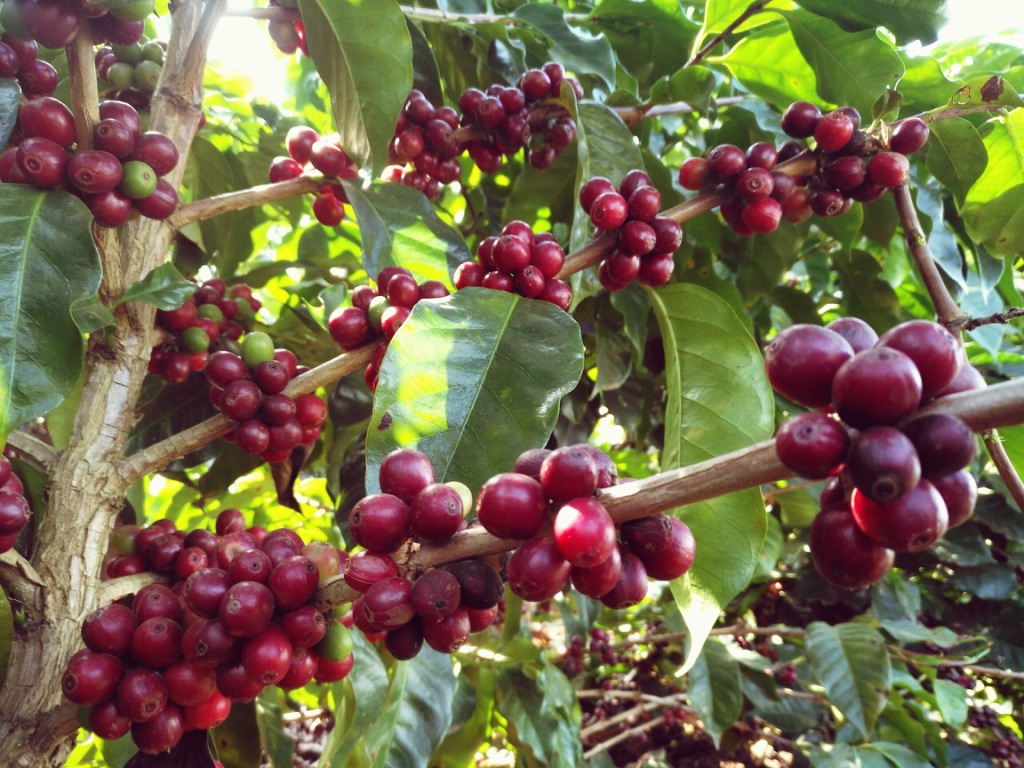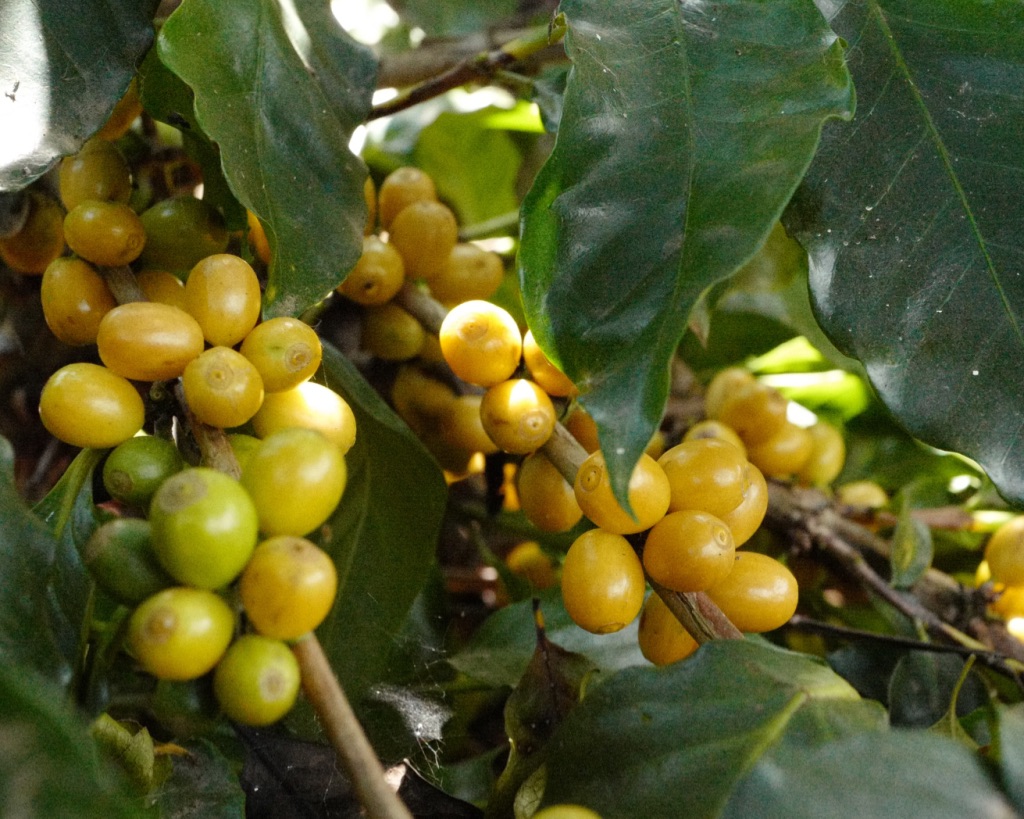This is the very question we set out to answer. We did this by making a very simple experiment.
Background
This harvest season here in Pu’er, we ran one of our coffee processing courses, which is where we work for several weeks alongside local coffee farmers on their farms to help them learn how to properly process and dry their coffees. Through these courses we typically also create several experimental lots where we try to see if by just changing one or two variables we can positively impact the final cup quality of the coffee.
Past experiments have included differences in many variables such as fermentation time in cherry, fermentation time in mucilage, conditions during fermentation, drying time, conditions during drying, as well as others.
The experiment procedures
This season we were able to work with one of our former students who has a nearby farm with three different varieties of coffee growing on the same plot of land. We worked with her to process each of the three varieties in three ways: a simple natural, a simple washed, and a simple honey process of each of the three varieties.
For the simple natural, that means that there was no additional fermentation, or anything else unusual about the process. The coffee was simply picked, sorted and dried.
For the simple washed, there was also no additional fermentation. It was picked, sorted, pulped and then fermented dry in mucilage for 24 hours, after which it was washed and then dried.
The simple honey was picked, sorted, pulped and then dried with the mucilage still adhering to the parchment.
All of the sorting was done through flotation of the coffee cherries and removing any floaters (as well as selectively picking only ripe cherries).
All varieties used were of the Catimor family. The first variety used was a variety called P4, which is the predominantly grown variety in the Yunnan region, introduced by Nestle in the early 1990s. The second variety used was a yellow Catimor variety called DH132, and the last was a red-leafed dwarf variety of Catimor called P3.
Throughout the processing and drying of the different lots it was important that we closely monitor and control the processing and drying to ensure that all of the different varieties were processed exactly the same, so that in the end when the coffees were on the cupping table, the only differences we would be tasting were due to the differences in the coffee varieties, and not the processing.
The results
Several weeks after the experiment began the coffees were ready to be cupped. While the final scores for each lot varied by at some times a point according to different cuppers, the final resulting ranking of the lots was unanimous.
The results were that the P3 variety scored the highest in each of the three categories of washed, natural, and honey. The P4 scored second in both the washed and natural processes, while the DH132 took second for the honey process. Even though the difference coffees were all of the Catimor variety, the flavor difference was significant.
It was also interesting to not only look at the final rankings overall, but see how the different processing affected the scores within the same variety. The largest point difference came from the P4, increasing from a score of 82 with the honey process to 84.75 with the natural, an increase of 2.75 points. The next highest was the P3 variety which got an increase of 2 points from the washed to natural process, going from an 83 to an 85. The DH132 increased 1.75 points, also from the washed to natural process, going from an 82 to an 83.75.
From these results you can also see the clear trend that the natural process scored the highest for each of the three varieties, while honey process scored second for the P3 and DH132, and washed scored second for the P4. The natural processes created more fruitiness and perceived sweetness in the cup for each variety. The washed and honey process had the smallest difference in flavor profiles. Both processes created a clear, mild, nutty flavor, with the honey being perceived slightly higher in sweetness, while the washed had a higher perceived acidity.
It will be interesting to see with our on-going and future processing courses how the results compare, and if by changing other variables during the processing and drying phase, how the results may change.





